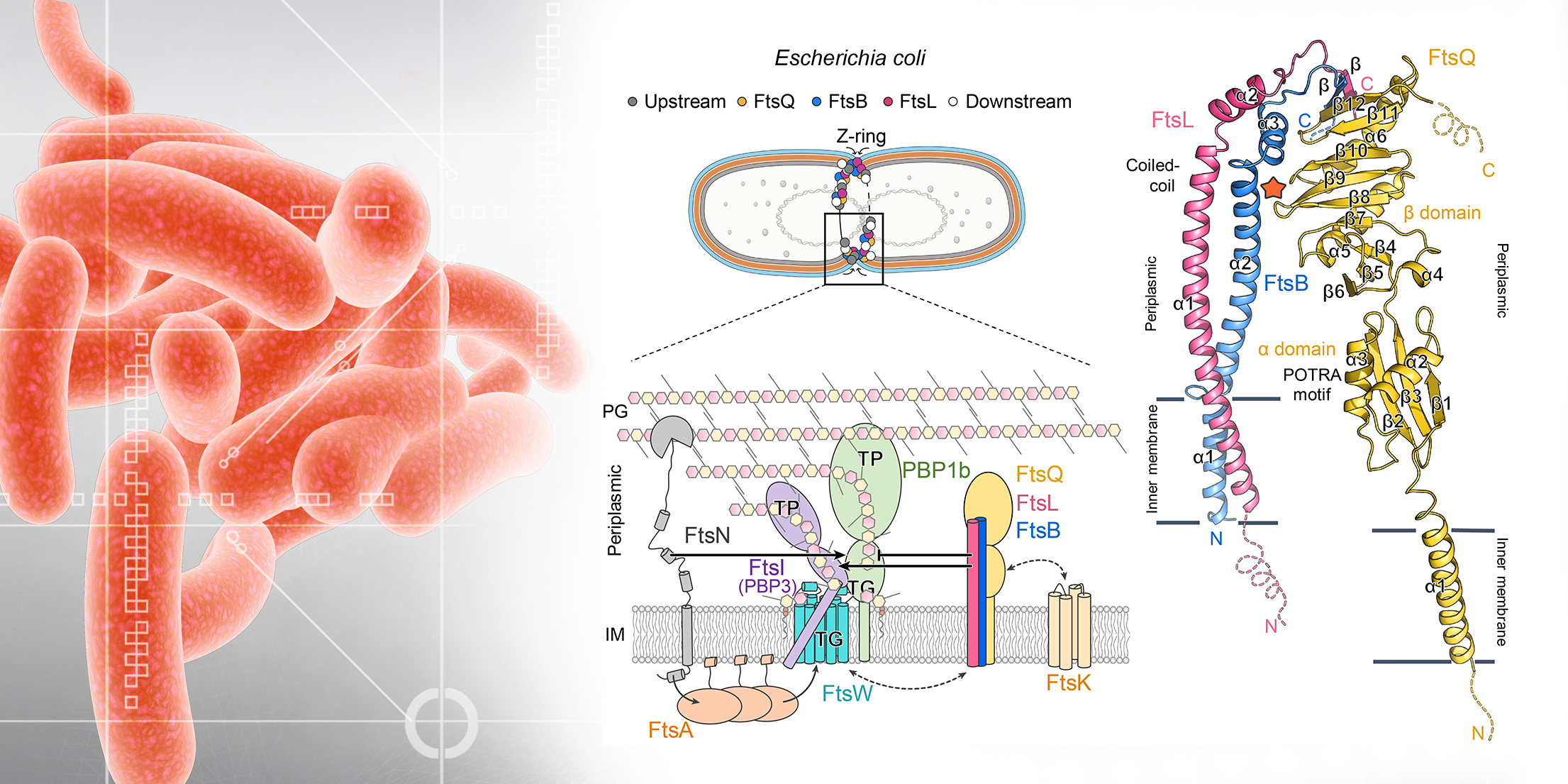 Figure 1 Team members:assistant research fellow Dr. Yun-Ru Ruby Chen, PhD candidate Dr. Yi-Hung Liao, research assistant Yu-Jen Chang(from left to right)A new gold rush in the biotech world has been underway, studies of gold particles in nano scales have been applied to researches from cancer treatments to bio-imaging technologies. Now, a collaborated study led by Dr. Ruby Chen may have just added another possible application to this precious metal that we humans treasure from way back.
Figure 1 Team members:assistant research fellow Dr. Yun-Ru Ruby Chen, PhD candidate Dr. Yi-Hung Liao, research assistant Yu-Jen Chang(from left to right)A new gold rush in the biotech world has been underway, studies of gold particles in nano scales have been applied to researches from cancer treatments to bio-imaging technologies. Now, a collaborated study led by Dr. Ruby Chen may have just added another possible application to this precious metal that we humans treasure from way back.
In an article published on the nano science specific journal SMALL, the Chen’s group has successfully proved that nano sized gold particles with negative charges can inhibit the protein clustering found in Alzheimer’s disease patients.
Alzhemier’sdisease (AD) is one of many neurodegenerative diseases that are currently without effective treatment. There are over 35 million patients worldwide and families with such patients suffer extremely long term torture emotionally as well as financially. It also presents social problems to modern societies.
Dr. Yun-Ru Ruby Chen is an assistant research fellow in Genomics Research Center, her primary interest has been in studying the mechanisms of incorrect protein folding which trigger various neurodegenerative diseases. The goal is to elucidate the mechanism of amyloidosis with the aspects of protein folding/structure, and relate the results to the pathological significance as well as developing novel diagnostic and therapeutic means.
Dr. Yun-Chorng Chang is an associate professor from the department of Electro-Optical Engineering of National Cheng Kung University.
When the two parties with diverse backgrounds exchanged the nano-gold fever ideas, they were both curious about what will happen when nano gold particles meet the misfolding proteins in the brains. Since nano gold particles has been proved highly promising in biotech researches, and, the small size of nano particles can flow through blood vessels in the brain freely, is it possible to use it to perform a task to stop or re-direct the wrong doing proteins?
Thus, a collaborated study has been initiated!
Amyloids are fibrous protein clusters that are really sort of defects in the makings of proteins. Usually, these proteins would be digested and deleted by our bodies, however, in patients with neurodegenerative diseases, such defects are found clustering in the brain. Beta Amyloid(Aß) is one kind of amyloids found surrounding damaged neural cells in brains from patients with Alzheimer’s disease. It has been known that in the process of Beta Amyloid forming, an interim substance called “Aß oligomers”is the primary cause for the neurotoxicity. Such neurotoxicity leads to cognitive impairment and synaptic dysfunction.
Therefore, many researches are under gone right now to find ways to either re-direct the wrong folding pathways, or, to stop the Beta Amyloids forming.
 Figure 2: Significant inhibitive effects were observed in Aβ incubated with bare (red) and carboxyl-conjugated ( green ) AuNPsIn the study done by Chen’s group, they used 30 nm gold particles in various forms, and put into test tubes with Aß . Doctoral student Y.H. Liao tested the interactions of Aß monomer prior to aggregation with bare nano gold particles possessing negative charges and the gold particles conjugated with amine and carboxyl functional groups. He also tested gold with mature preformed beta-amyloid fibrils .
Figure 2: Significant inhibitive effects were observed in Aβ incubated with bare (red) and carboxyl-conjugated ( green ) AuNPsIn the study done by Chen’s group, they used 30 nm gold particles in various forms, and put into test tubes with Aß . Doctoral student Y.H. Liao tested the interactions of Aß monomer prior to aggregation with bare nano gold particles possessing negative charges and the gold particles conjugated with amine and carboxyl functional groups. He also tested gold with mature preformed beta-amyloid fibrils .
Test results showed, only the gold nanoparticles (AuNPs) that are negatively charged will make an impact in the growth of Beta Amyloids. It is proved that the process has been modified due to the presence of gold, and some kind of spherical oligomers will be formed instead. The toxicity of these spherical oligomers are lower. Therefore, by adding negatively charged nano gold particles, the pathway has been re-directed.
The experiment also showed, when gold is added to Beta Amyloids that are already well formed, the structure has become rough with the gold coated, however, the toxicity remains. It is also observed that on the surface of Beta Amyloids, there are orderly aligned indentations of positive charges.
By comparing Beta Amyloids with and without negatively charged nano gold, it is proved a reduced toxicity level. This test was carried out by Y.J. Chang.
Dr. Chen expressed enthusiasm regarding such outcome. Since there are not much works done on the application of nano gold particles in regards to AD and Beta Amyloids, their research has paved a way for a new research direction. The group expects to continue the work to see if more types of negatively charged AuNPs during Beta Amyloids fibrillization can be served as potential nano-chaperones to inhibit fibrillization and leads to potential applications for AD.
This research has been published online in the SMALL Journal on August 21012 already. (To see full article, please check: http://onlinelibrary.wiley.com/doi/10.1002/smll.201201068/abstract)。
This research paper has also received the first place of the 2012 research award granted by the Taiwan Dementia Society.




